Water
What is this Service?
Water Services include the treatment and distribution of potable (drinking) water from the water supply source to the customer. The goal of water services is to ensure a clean, affordable and adequate supply of water is available to meet demand from both existing communities and from future development. Provincial and municipal policies ensure water supply is readily available for emergency purposes, such as fire protection and to meet peak demand conditions.
To ensure the drinking water from your tap is safe and of high quality, it undergoes monitoring and testing during the treatment process. The distribution system is also monitored frequently. Annual water quality reports are available from your municipal water provider, showing compliance with provincial and federal water quality regulations.
Specific objectives include:
- Treatment of source water at water treatment plants to ensure drinking water meets or exceeds regulatory requirements
- Distribution of drinking water to customers through systems of water mains, water pumping stations and storage reservoirs
- Ensuring adequate capacity is maintained for both existing communities and future development
Water services are provided to residential and Industrial, Commercial and Institutional (ICI) sector customers. These services are generally funded through Municipal water rates.
Influencing Factors:
- Age of Infrastructure: The age and condition of water distribution system, the type of water distribution pipe material and the frequency of maintenance activities.
- Conservation Programs: The extent of municipal water conservation programs can impact water consumption.
- Provincial Standards: Specific municipal water quality requirements may exceed provincial regulations.
- Supply and Demand: Cost is impacted by the water source (ground water or surface water), the resulting treatment costs and the number of independent water supply/distribution systems operated, and size of the geographic area serviced. Variation in supply to the ICI and residential sectors, relative to total system demand.
- Treatment Plants: The number, size and complexity of a municipality’s water treatment plants.
- Urban Density: The proximity of pipes to other utilities increases the cost for infrastructure repair and replacement.
- Weather Conditions: Negative impacts associated with more severe and frequent extreme weather events.
Additional Information:
Integrated Systems: The term applies to those Cities and Municipalities that have full responsibility for all water activities including treatment, transmission, storage and local distribution.
Two-Tier Systems: The term applies to those Municipalities that have responsibility for components of water activities such as water treatment, water transmission and major water storage facilities; and whereas local municipalities are responsible for local water distribution systems and storage facilities.

